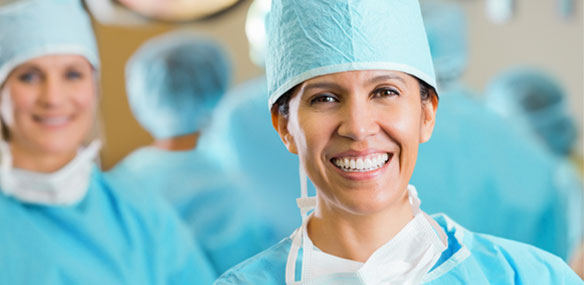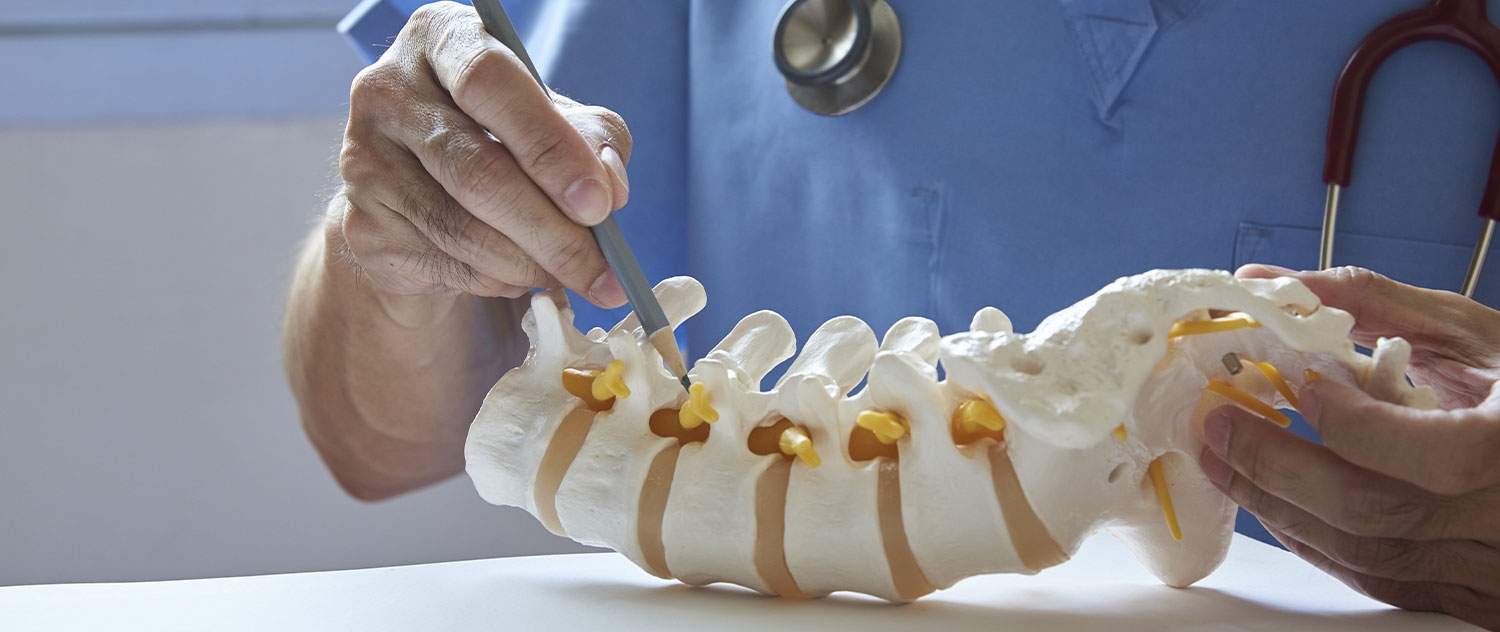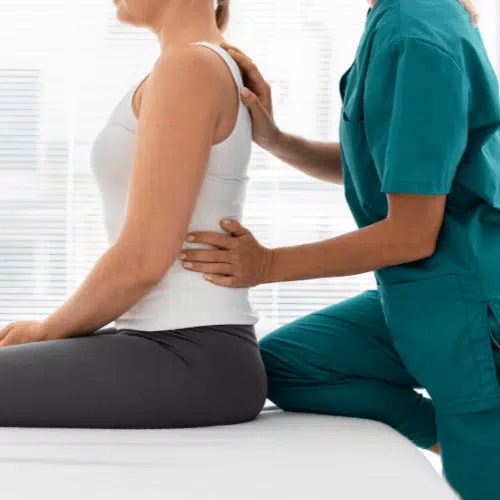How Insurance policy Functions with the Best Spine Surgeons in St Louis MO
An Introduction of Back Problems That Commonly Cause Surgical Treatments
Spine conditions such as herniated discs, back stenosis, and degenerative disc disease regularly require surgical interventions when conventional treatments fall short to ease consistent symptoms. Recognizing the subtleties of each condition and the equivalent surgical options, such as discectomy or back combination, is vital for effective monitoring.
Herniated Discs
Although lots of individuals with herniated discs might find alleviation through traditional treatments, surgery ends up being a necessary factor to consider when signs linger or aggravate - best spine surgeons in st louis mo. A herniated disc occurs when the soft internal gel of a back disc extends through its outer layer, possibly compressing neighboring nerves and leading to discomfort, pins and needles, or weak point in the extremities
Conservative monitoring normally includes physical treatment, discomfort medications, and corticosteroid shots, which aim to decrease swelling and improve function. In instances where these methods stop working to ease debilitating signs and symptoms, medical alternatives may be explored.
The most typical medical treatment for herniated discs is a discectomy, which involves the removal of the herniated part of the disc to eliminate stress on the affected nerve root. In much more serious situations, back fusion may be required to support the impacted vertebrae.
Individuals are suggested to discuss the potential risks and benefits of surgical treatment with their medical care provider to make an informed decision. Ultimately, the objective of any kind of medical treatment is to recover feature, relieve pain, and improve overall lifestyle for people enduring from herniated discs.
Spine Constriction
Spine stenosis occurs when the spaces within the back slim, causing boosted pressure on the spine and nerves. This problem can create in different regions of the spine, including the cervical and back areas, typically because of age-related changes, such as degenerative disc disease, joint inflammation, or enlarging of ligaments.
Patients with spinal constriction might provide with symptoms that consist of discomfort, tingling, prickling, or weakness, mostly in the legs or arms. These signs and symptoms can be aggravated by activities that involve standing or strolling, commonly leading individuals to look for relief via conservative treatments like physical treatment, medications, or epidural steroid shots.
Nevertheless, when these non-surgical interventions fall short to supply adequate alleviation, surgical alternatives may be considered. Typical operations for spinal constriction include laminectomy, which includes the removal of component of the vertebra to reduce stress, and spinal blend, which supports the damaged area. The decision to go after surgical treatment is typically based upon the seriousness of symptoms, the degree of practical problems, and the total health of the person. Trigger diagnosis and management are critical to stop additional neurological concession and boost high quality of life.
Spondylolisthesis
Spondylolisthesis takes place when one vertebra slips onward over an additional, resulting in misalignment of the spinal column. This problem can arise from numerous factors, including genetic flaws, injury, or degenerative modifications in the back. It is most typically observed in the lumbar region, especially at the L4-L5 and L5-S1 degrees.

When non-surgical techniques fail to alleviate signs or when substantial nerve compression is existing, medical treatment might be called for. Surgical alternatives can include back fusion or decompression procedures, aimed at bring back placement and minimizing neurological symptoms.
Degenerative Disc Illness

Clients with DDD commonly experience pain that may radiate to the legs or arms, depending upon the influenced region of the spinal column. The problem can be diagnosed with a mix see of medical analysis, imaging studies, and patient history. Therapy alternatives normally start with conventional steps, including physical therapy, pain monitoring, and lifestyle alterations. When these methods stop working to provide adequate relief, medical treatments may be considered.
Surgical options for DDD may consist of spine blend or man-made disc replacement, intended at supporting the influenced section and alleviating discomfort (best spine surgeons in st louis mo). Ultimately, the selection of treatment is embellished, taking into consideration the extent of the condition, patient wellness, and way of life elements
Spine Tumors

Back growths can occur from numerous aspects, including genetic predisposition, ecological influences, and pre-existing medical conditions. Individuals might provide with a variety of signs, including localized discomfort, neurological deficiencies, weak point, or modifications in bowel and bladder feature, depending on the lump's dimension and place.
Surgical treatment might be required to minimize symptoms, get a biopsy, or get rid of the growth totally. The goal of surgical procedure is commonly to unwind neural aspects and support the spine. Early discovery and treatment are vital for optimizing outcomes in individuals with back lumps.
Final Thought
In his comment is here summary, spine problems such as herniated discs, spinal stenosis, spondylolisthesis, degenerative disc illness, and back lumps often require surgical intervention due to their potential to trigger considerable discomfort and practical problems. While conventional treatments might supply short-term relief, medical options come to be important when signs and symptoms continue or worsen. Prompt diagnosis and intervention play an important function in restoring feature and improving the high quality of life for damaged individuals, highlighting the relevance of detailed spinal care.
